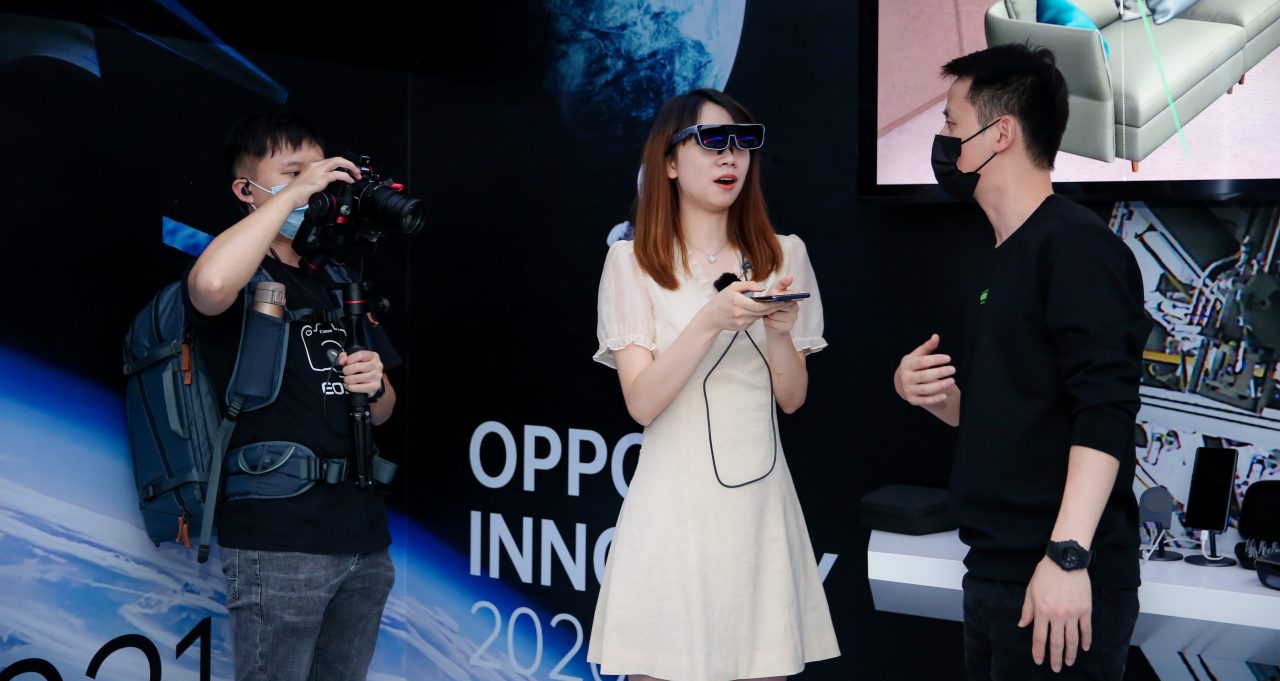The augmented reality (AR) and virtual reality (VR) sectors are evolving rapidly, with companies across the globe competing to implement innovative technologies that enhance our digital experiences. As we step into a new era of digital interaction and entertainment, China is positioning itself as a formidable contender, learning valuable lessons from the United States while striving for its own breakthroughs. In this blog post, we will delve deeper into China’s ambitions within the AR and VR fields, the challenges faced, and the opportunities that lie ahead.
China’s Vision: From Importing to Innovating
Chi Xu, the CEO of Nreal, encapsulates the ambitious spirit of modern Chinese entrepreneurs. After gaining valuable experience at Magic Leap, Xu returned home with a vision to build homegrown AR and VR giant companies, akin to the smartphone revolution that created giants like Huawei and Xiaomi. This insight reflects a significant shift from merely importing technology to fostering local innovation and production.
- Chinese AR startups have made substantial investments in supply chains, capital, and workforce talent to escalate their journey from concept to consumer-ready products.
- Collaboration with former Silicon Valley experts enhances their capabilities, merging the best of both worlds to create a unique edge.
The Balancing Act of Innovation and Self-reliance
While Beijing emphasizes technological sovereignty, the reality remains that most Chinese AR and VR companies still rely heavily on imported components, especially chips. The industry’s infancy means that fundamental innovations are still slow to materialize domestically. However, as pointed out by industry insiders, China has refined the art of scaling production effectively once a technology is established internationally.
This approach mirrors the success of China’s smartphone sector, where global leaders paved the way and local companies picked up the baton, turning it into a lucrative home-grown ecosystem.
The Catch-up Game: Funding and Market Dynamics
Despite the growing interest in AR and VR, investment in these sectors has waned recently, with fewer funding rounds compared to earlier years. While the U.S. sees consistent rounds of investments in AR and VR, Chinese companies have become more selective, focusing on Series B rounds to ensure sustained interest from investors. Many argue this is indicative of maturity in the remaining players, capable of attracting capital while navigating an ever-evolving landscape.
- The trend in China reveals a need for robust monetization strategies, as many existing products cater primarily to niche markets or corporate demonstrations.
- A shift in focus towards practical applications, particularly in sectors like education, presents room for growth and innovative solutions.
5G: A Catalyst for Transformation
The rollout of 5G presents a golden opportunity for AR and VR companies. With improved data processing and reduced latency, the technology can push immersive experiences to new heights. Companies are keen to collaborate with network operators, allowing them to penetrate this burgeoning market.
According to IDC research, Chinese AR shipments have outpaced those of the U.S. as demand grows amongst educators and in consumer markets. The adaptability of Chinese companies in leveraging 5G capabilities showcases their potential to dominate this space.
A Global Market: Opportunities and Challenges
As Chinese firms like Mad Gaze and DPVR make inroads into the global market, they often find themselves grappling with their identities and the complexities of foreign regulations. These companies are now aggressively working towards localization strategies to overcome barriers that challenge their growth ambitions.
- They’re localizing talent and technology to fit into particular markets while maintaining their innovative edge.
- The competitive landscape abroad is tougher, but many Chinese firms are equipped to adapt through their cost advantages and manufacturing capabilities.
Conclusion: Anticipating the Future
China’s AR and VR landscape is an exciting mélange of innovation, ambition, and adaptation. Though still dependent on international technology, the nation’s manufacturing prowess and strategic investment approaches position it for significant growth. The future will likely bring an exciting convergence of creativity and technology, as Chinese companies continue to push boundaries while keeping a discerning eye on the successes of their US counterparts.
At fxis.ai, we believe that such advancements are crucial for the future of AI, as they enable more comprehensive and effective solutions. Our team is continually exploring new methodologies to push the envelope in artificial intelligence, ensuring that our clients benefit from the latest technological innovations. For more insights, updates, or to collaborate on AI development projects, stay connected with fxis.ai.

